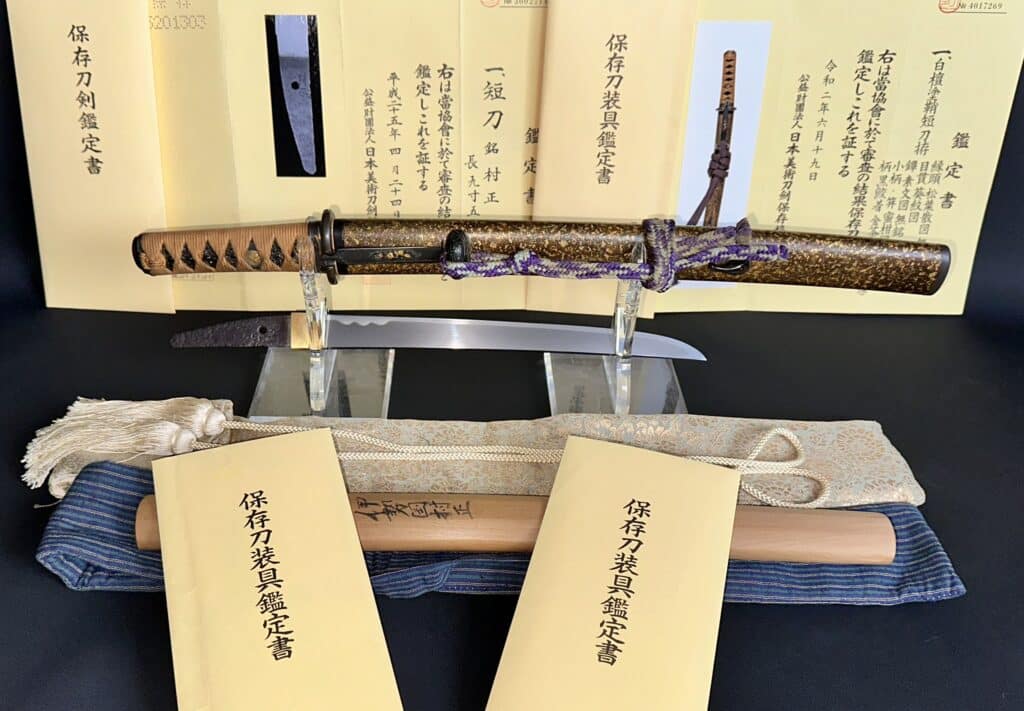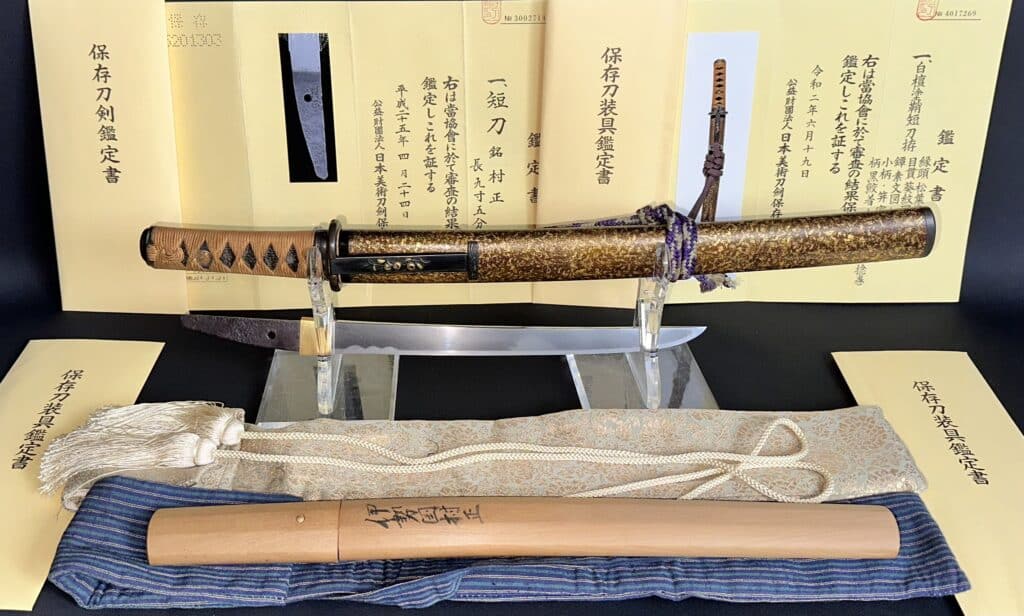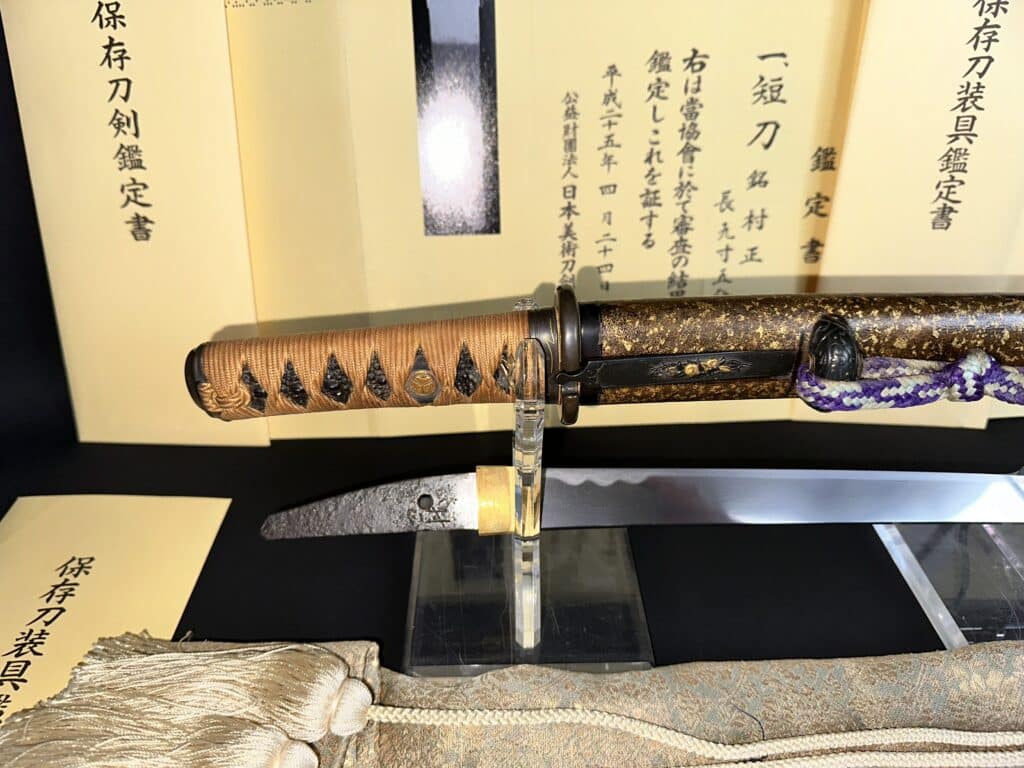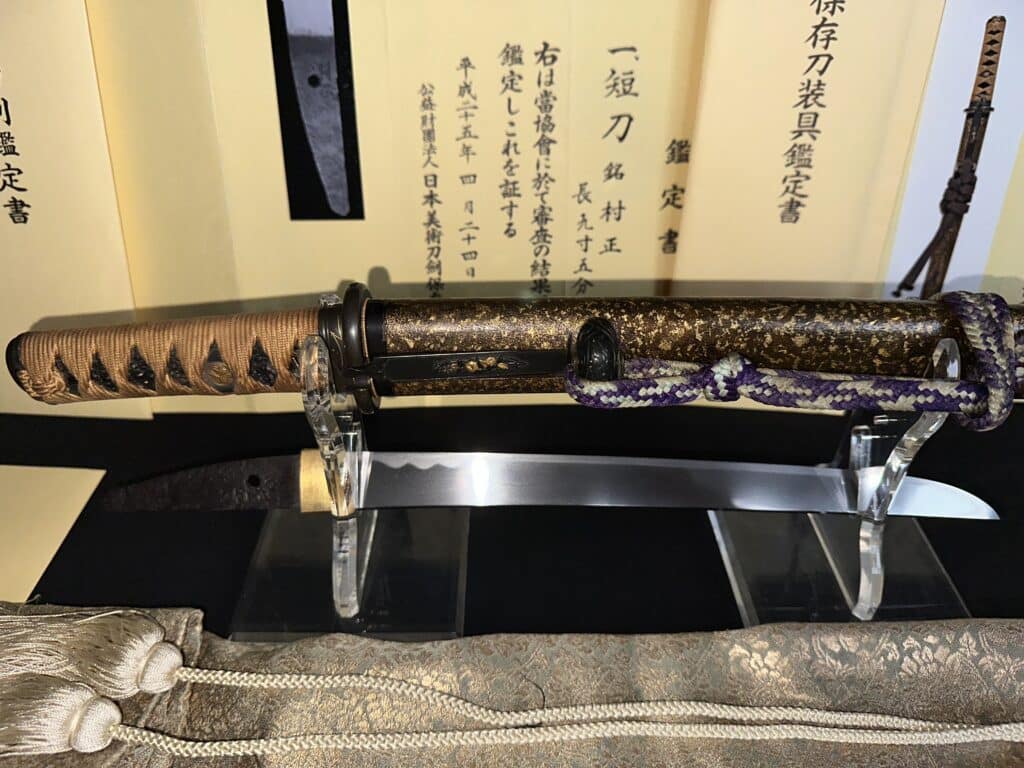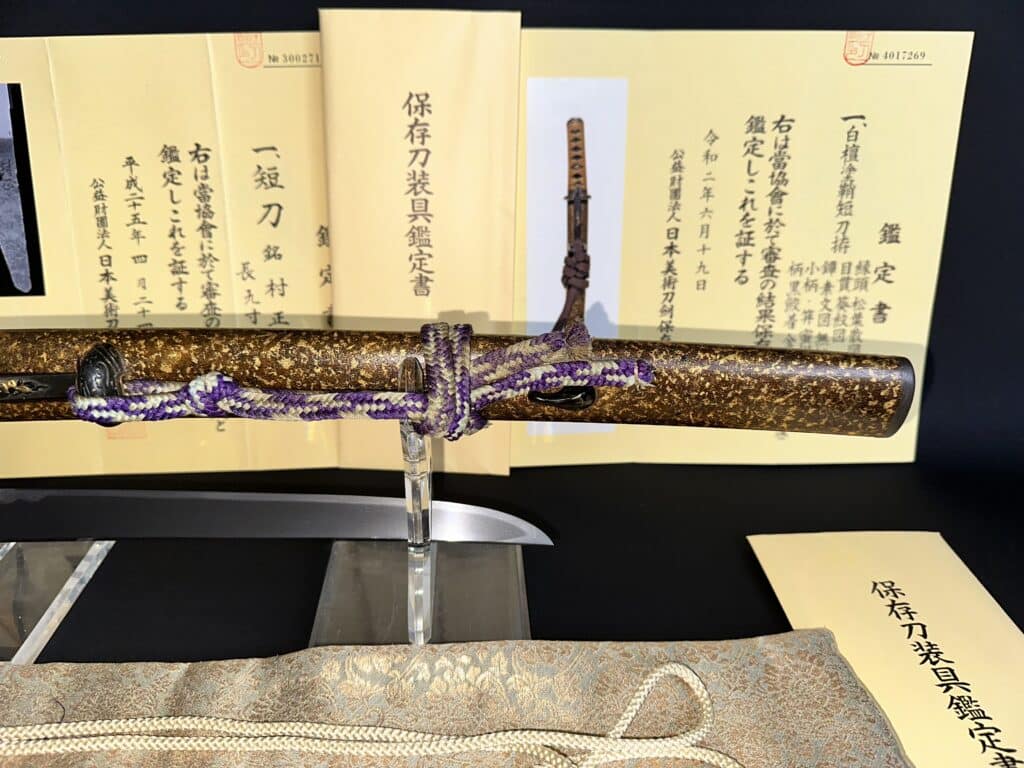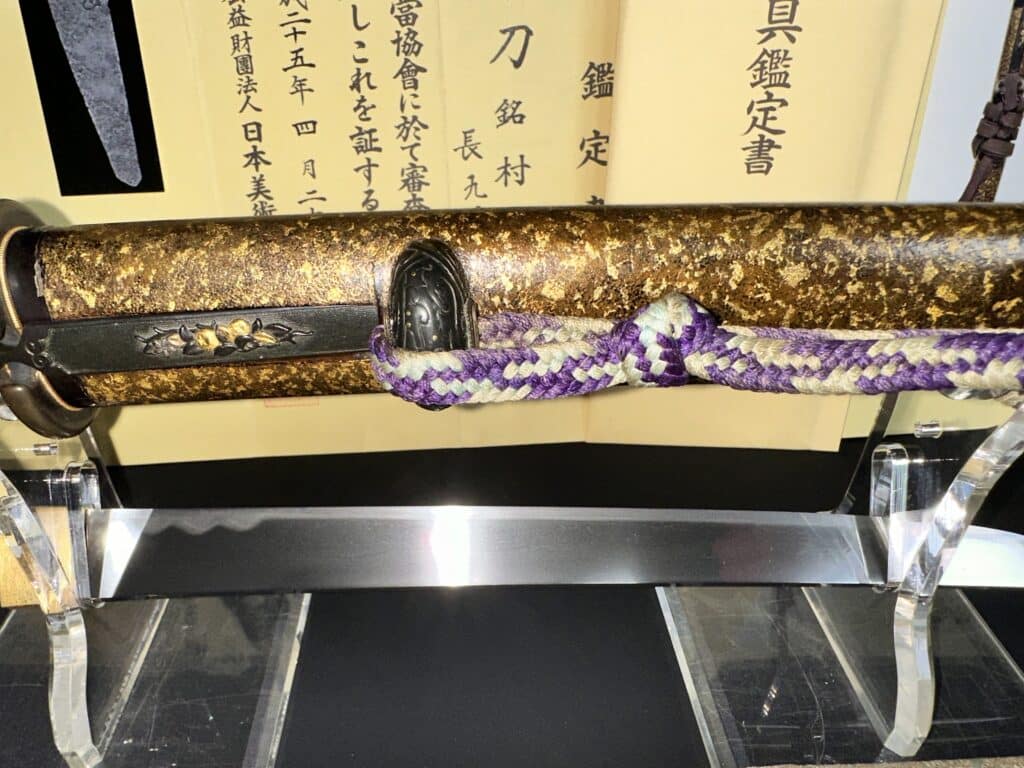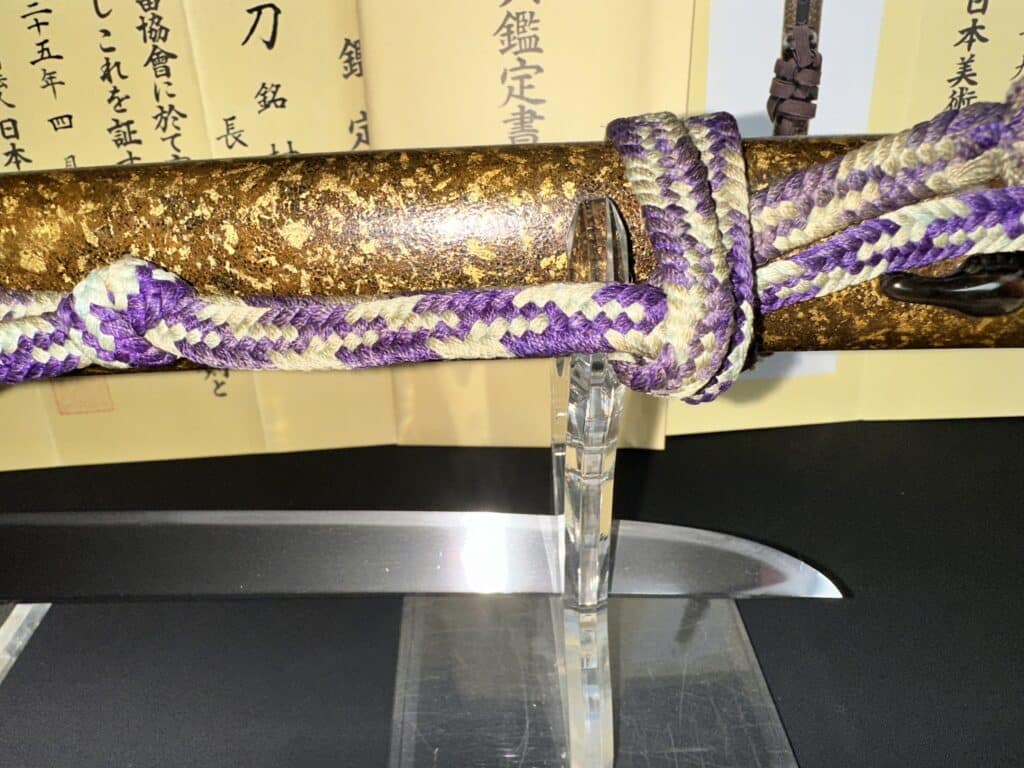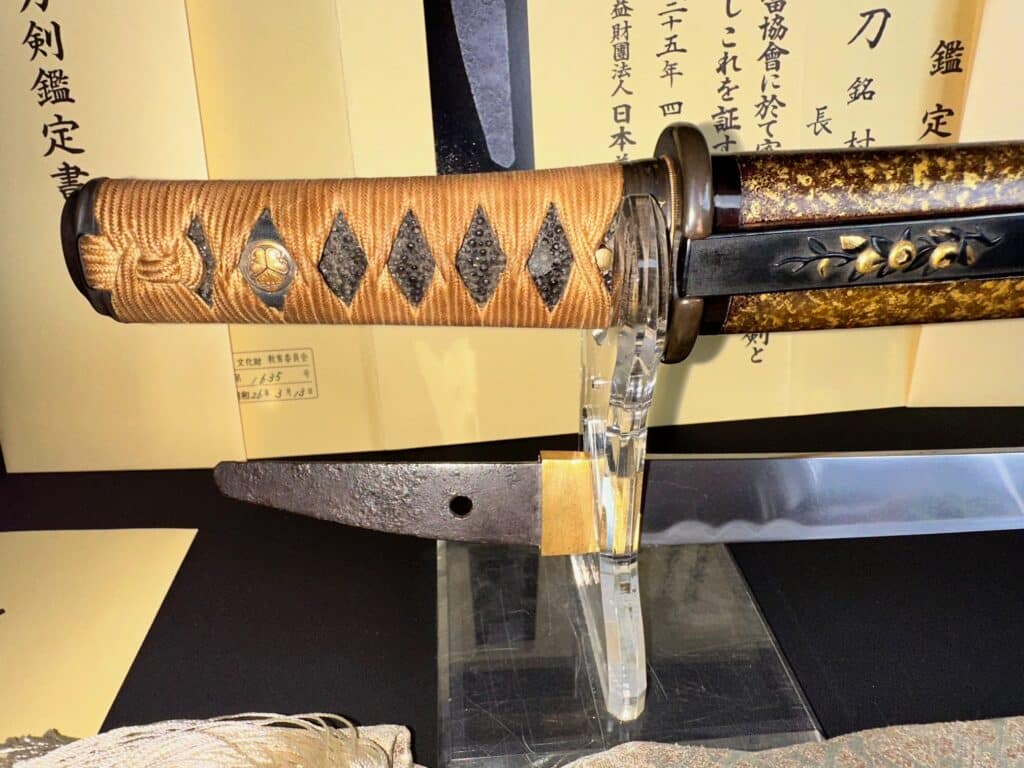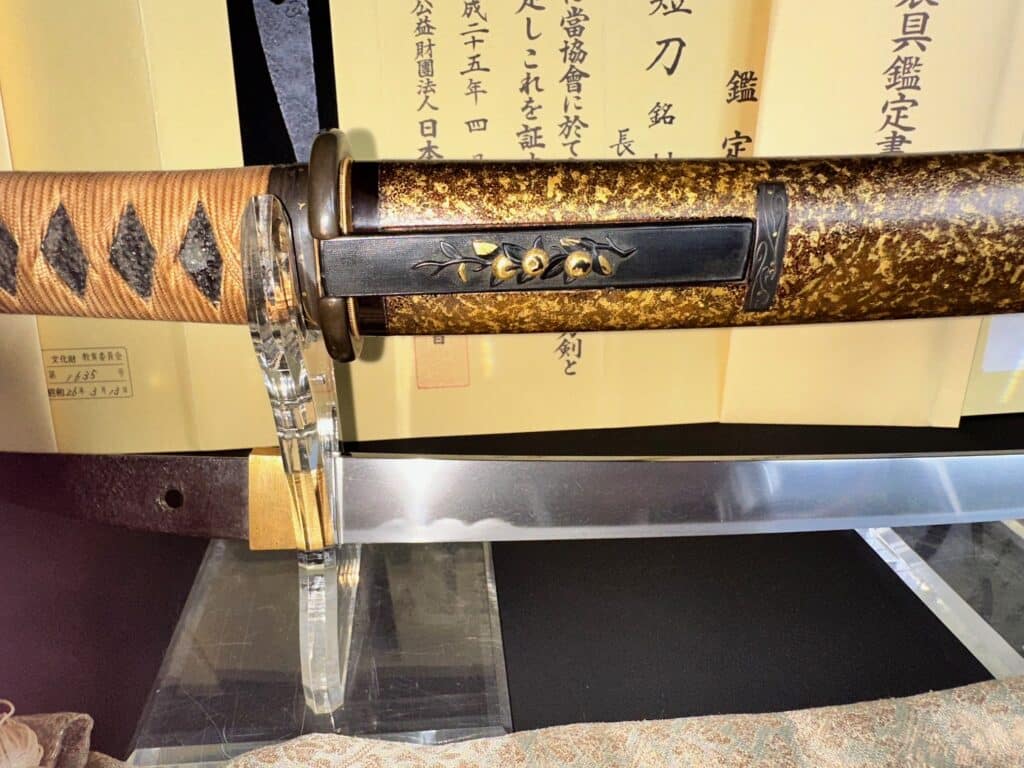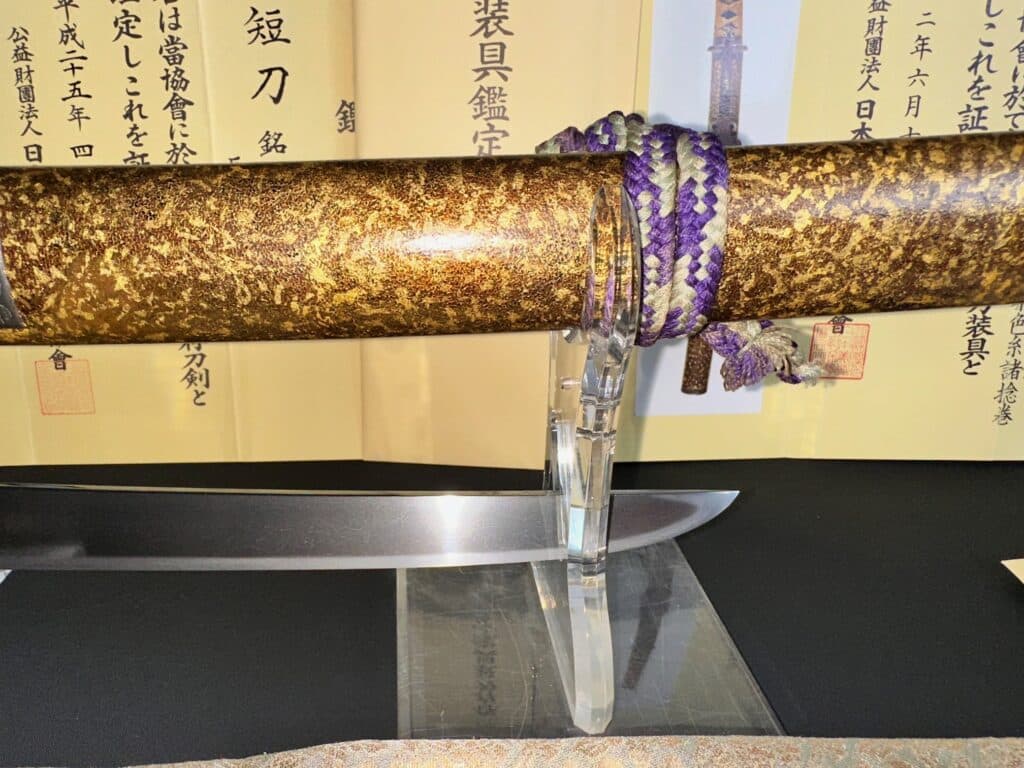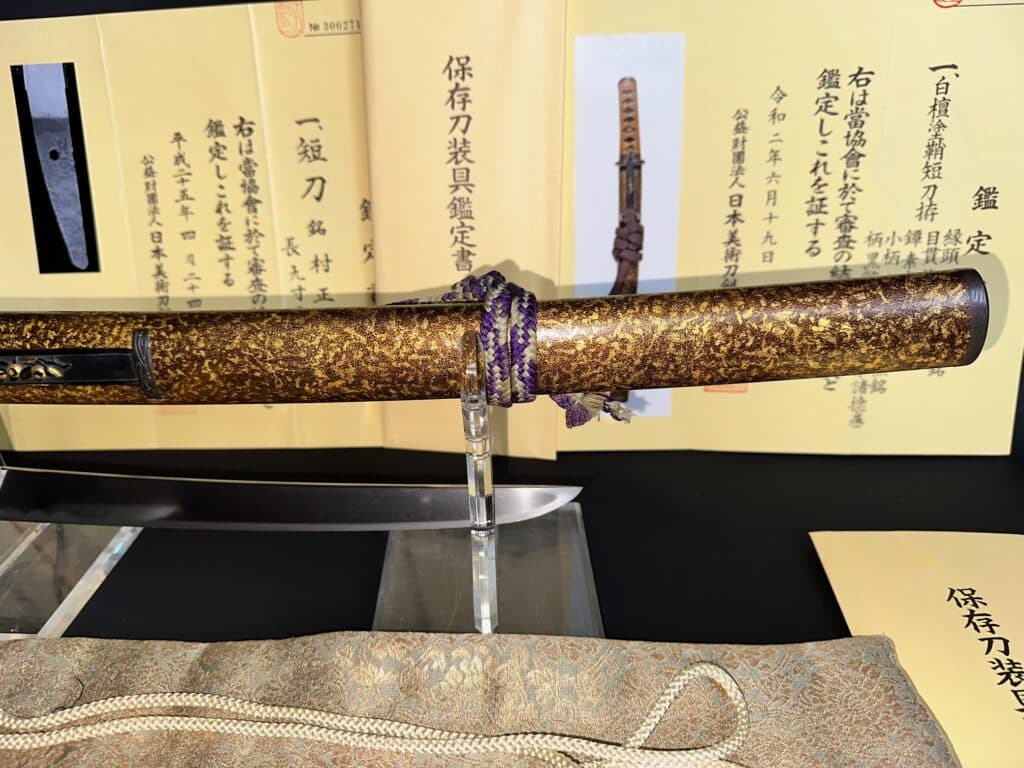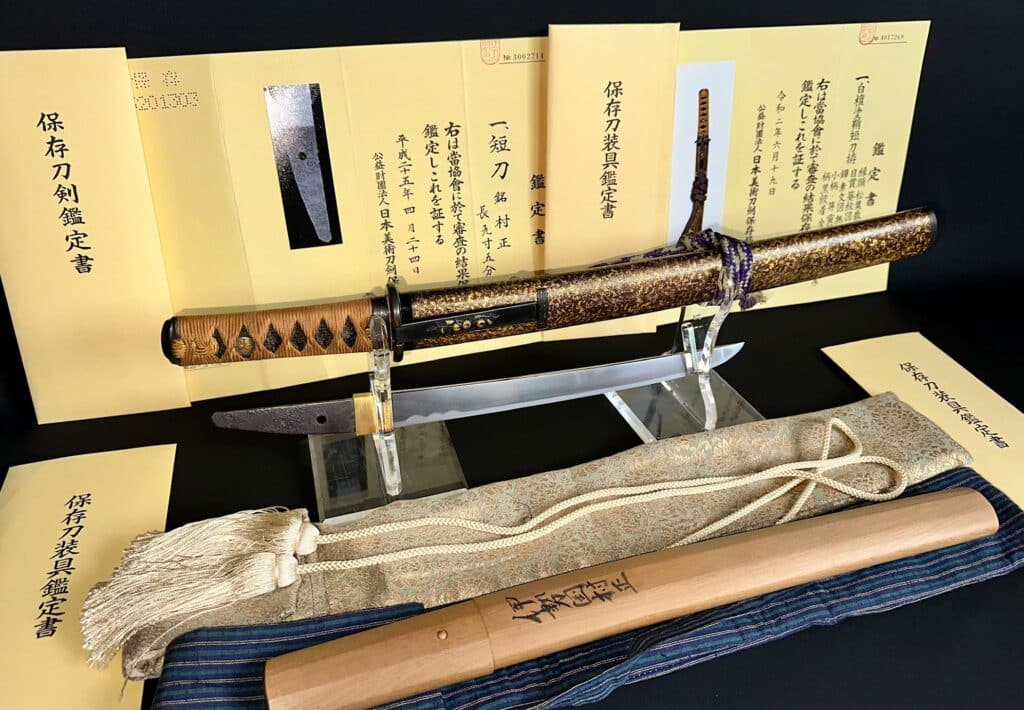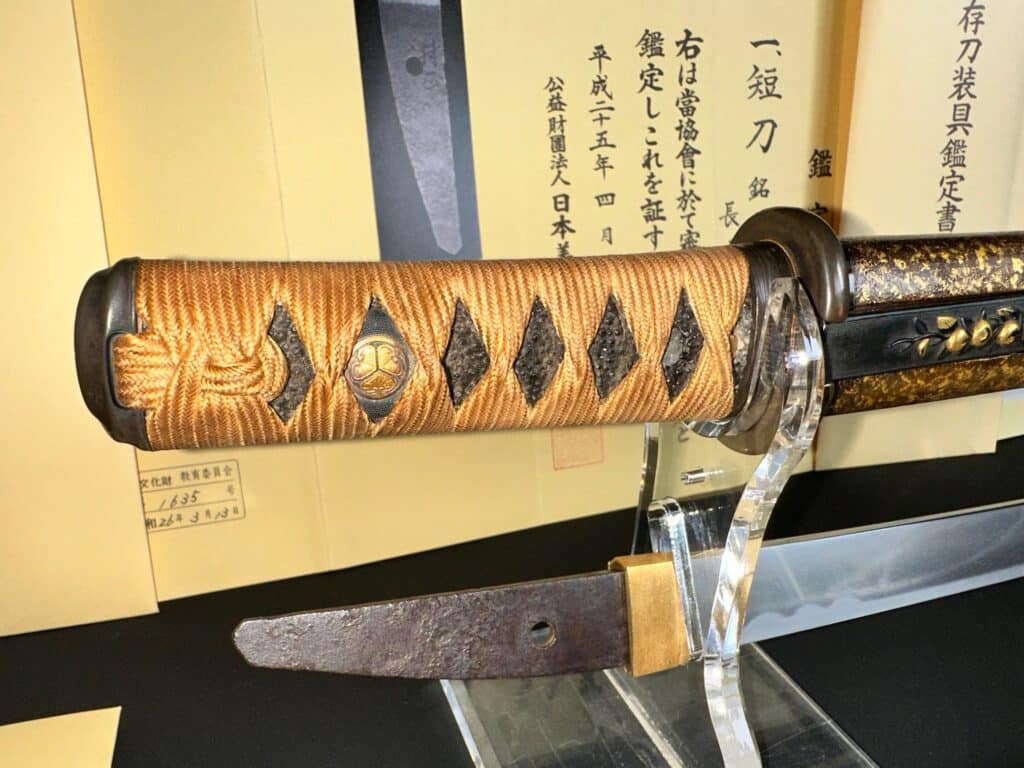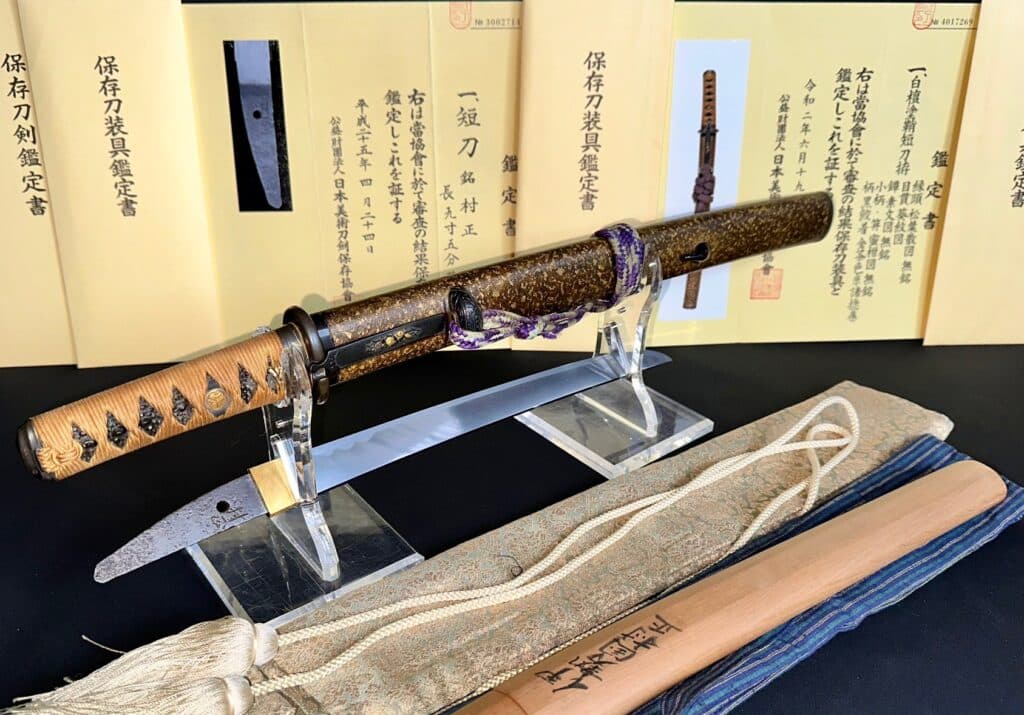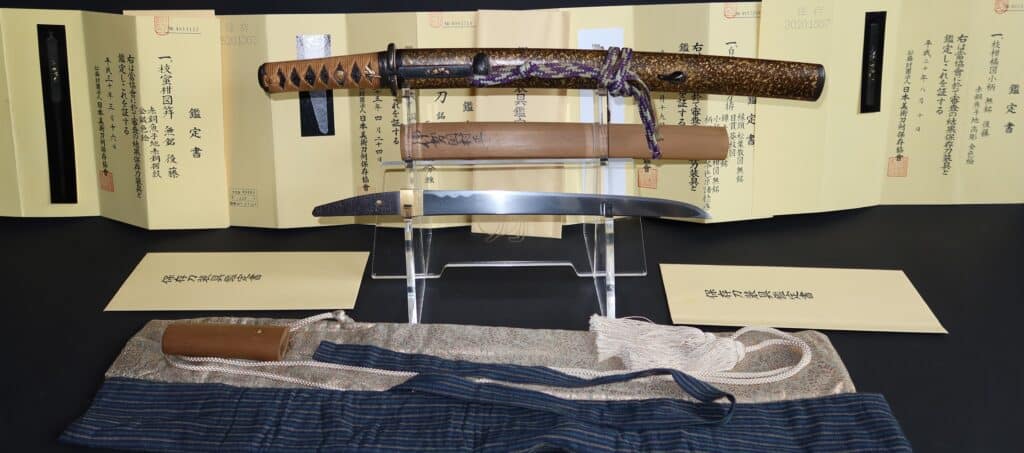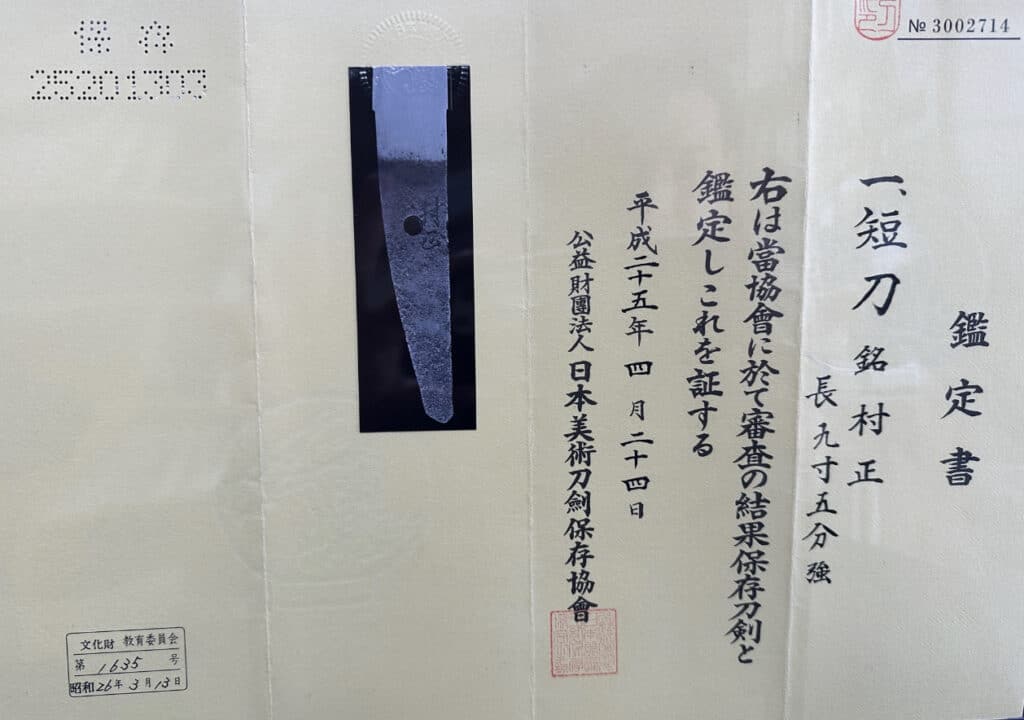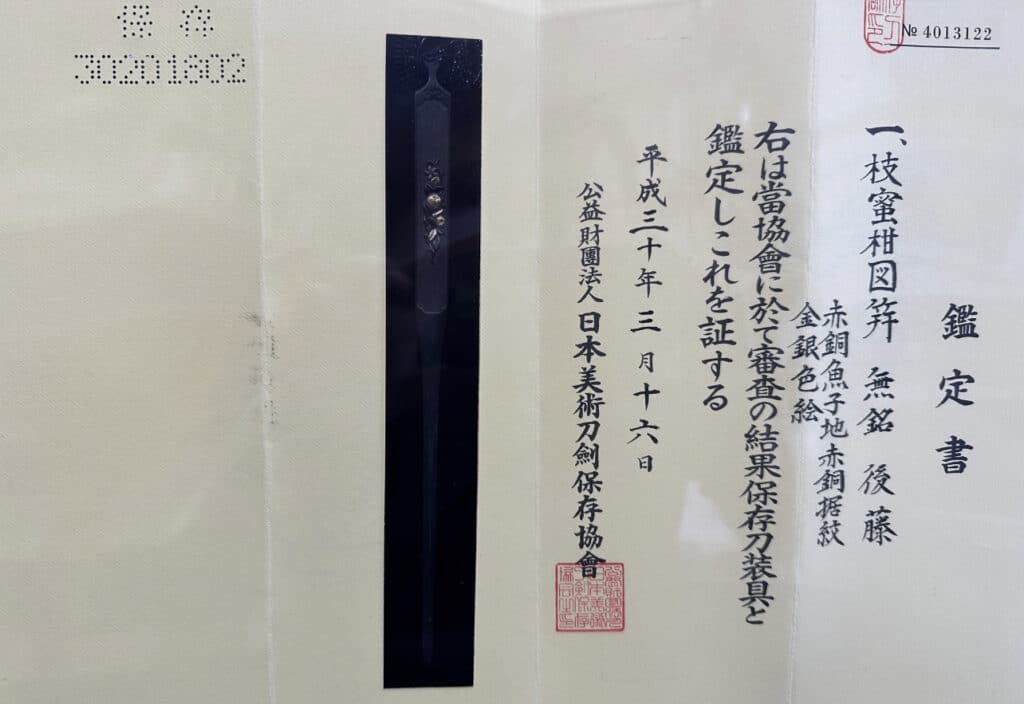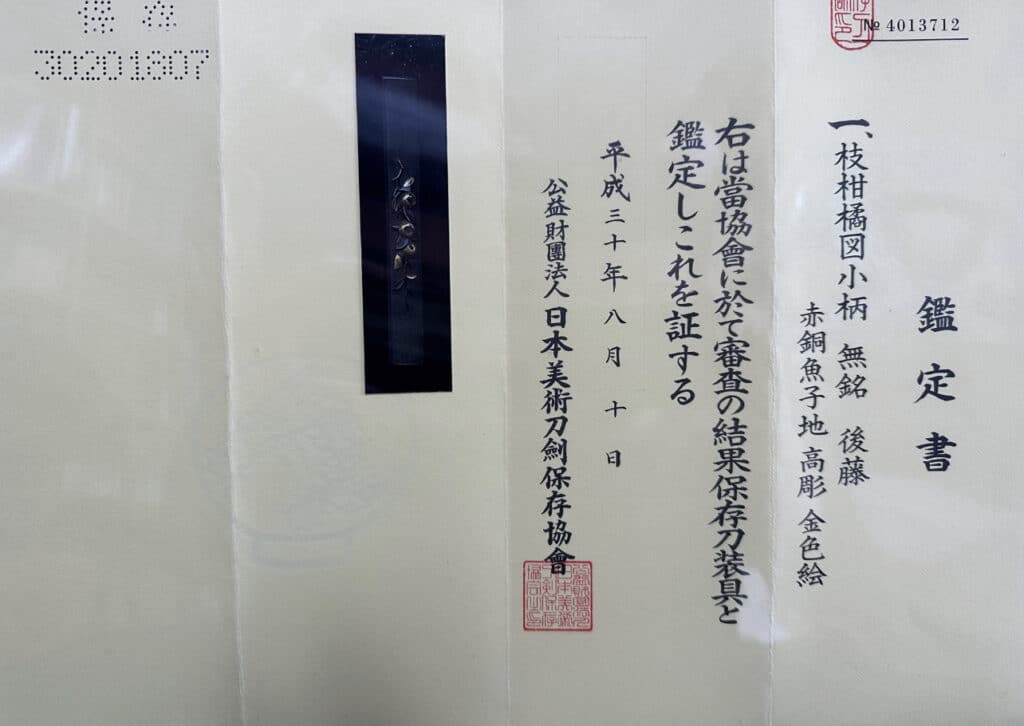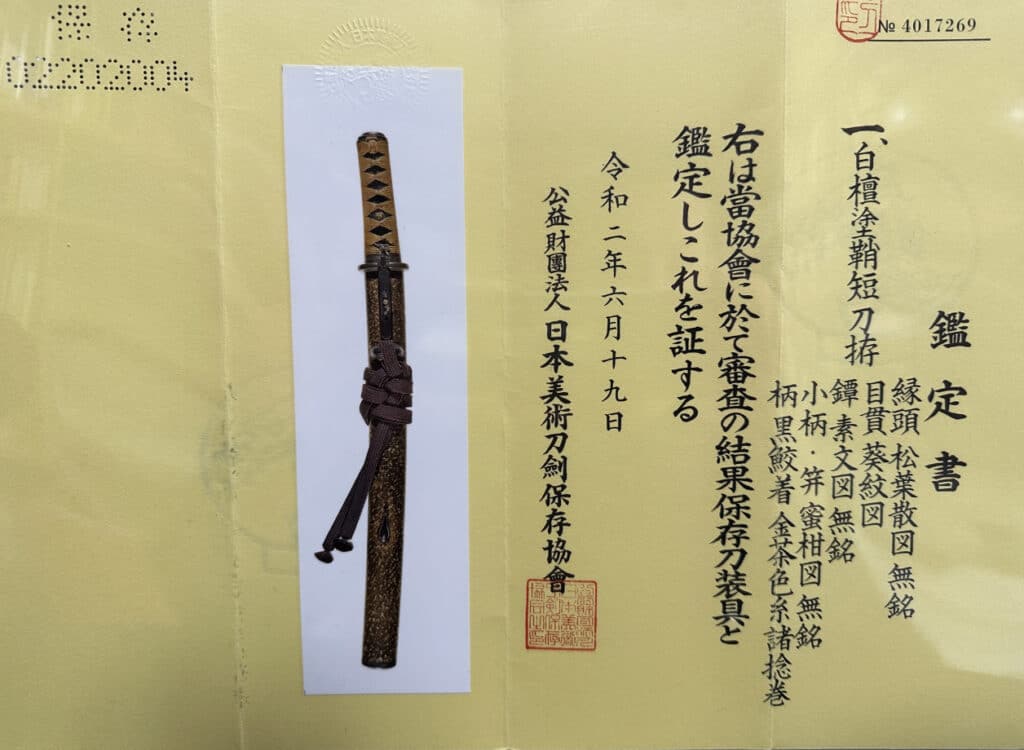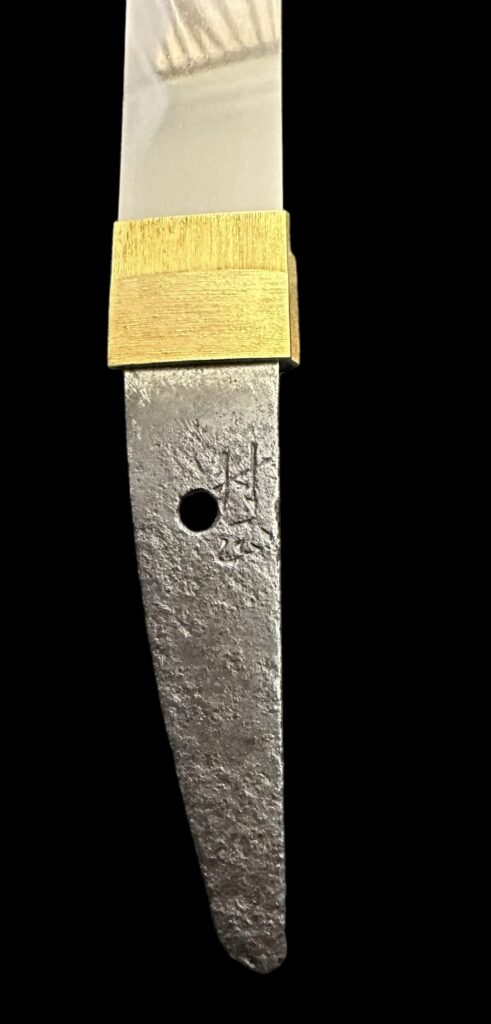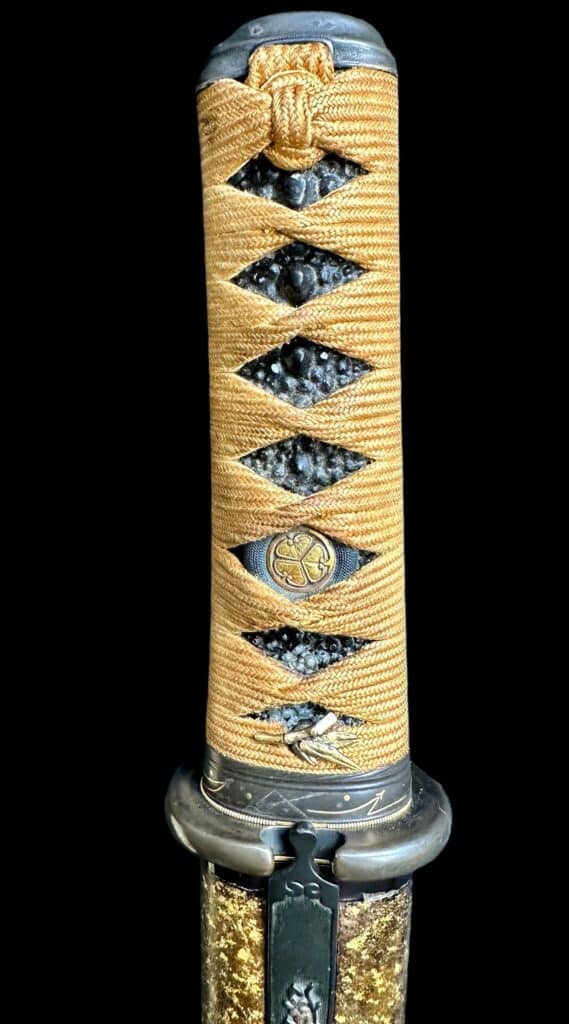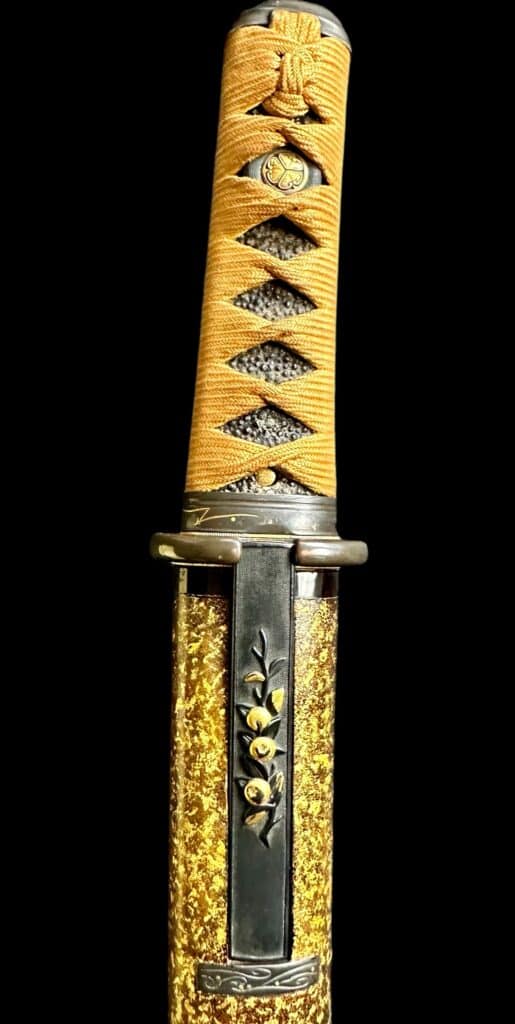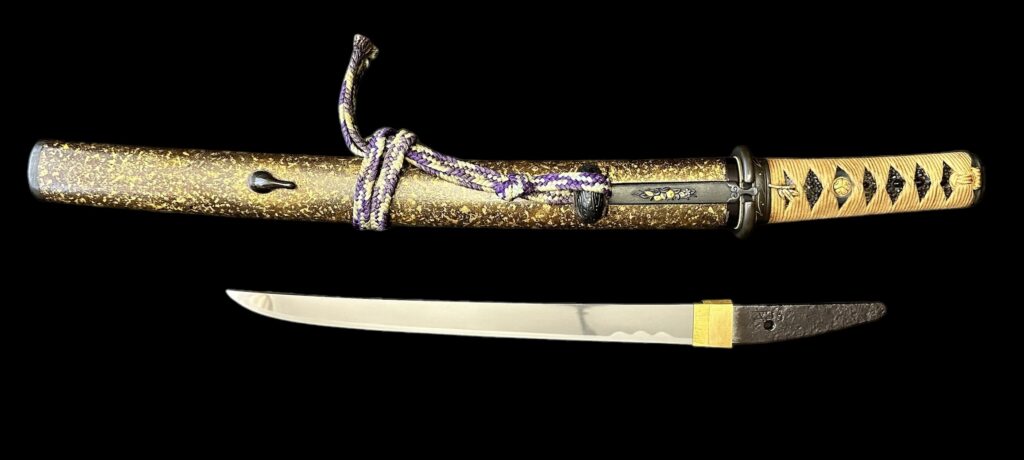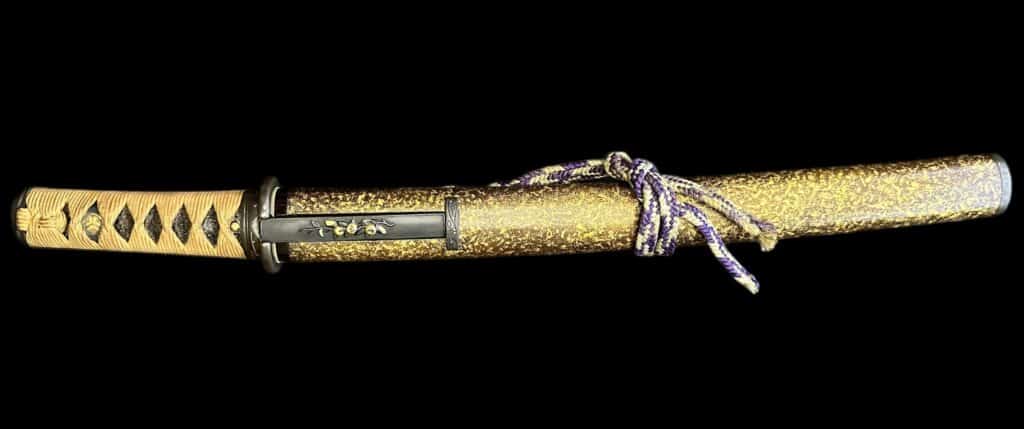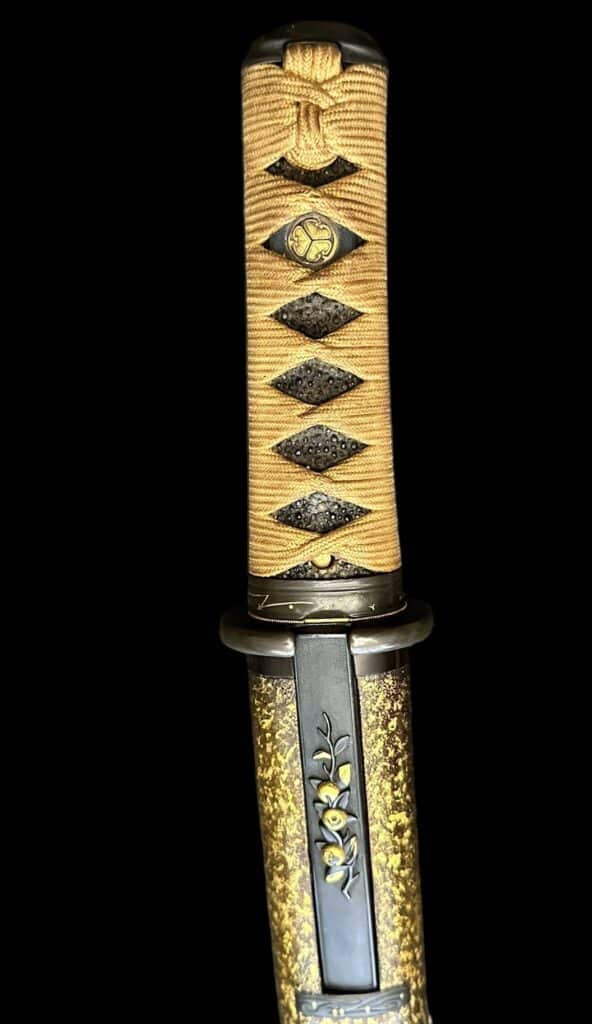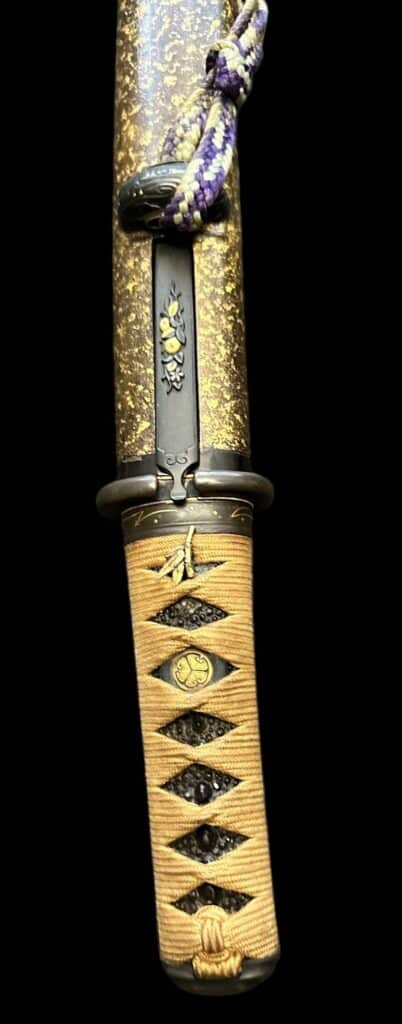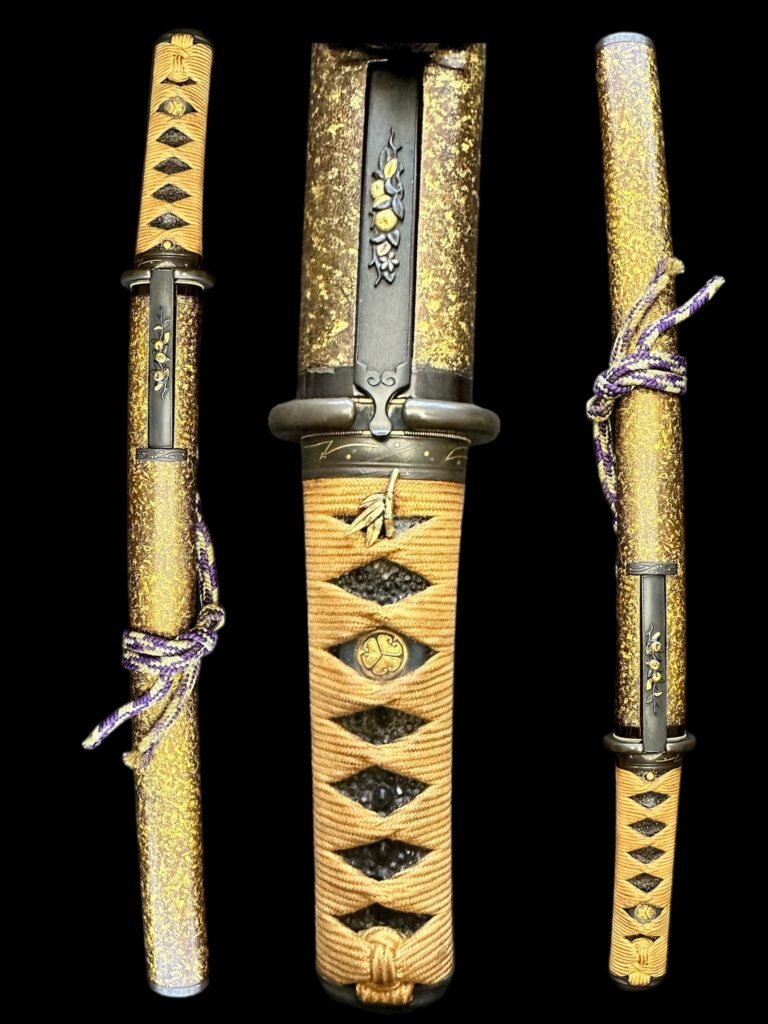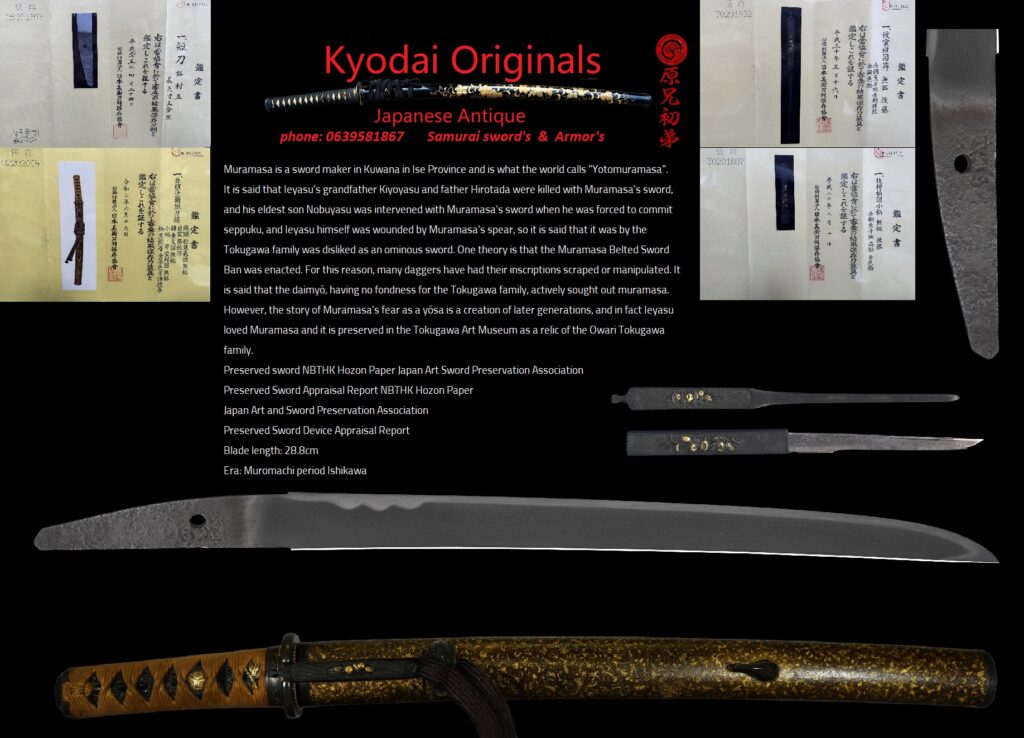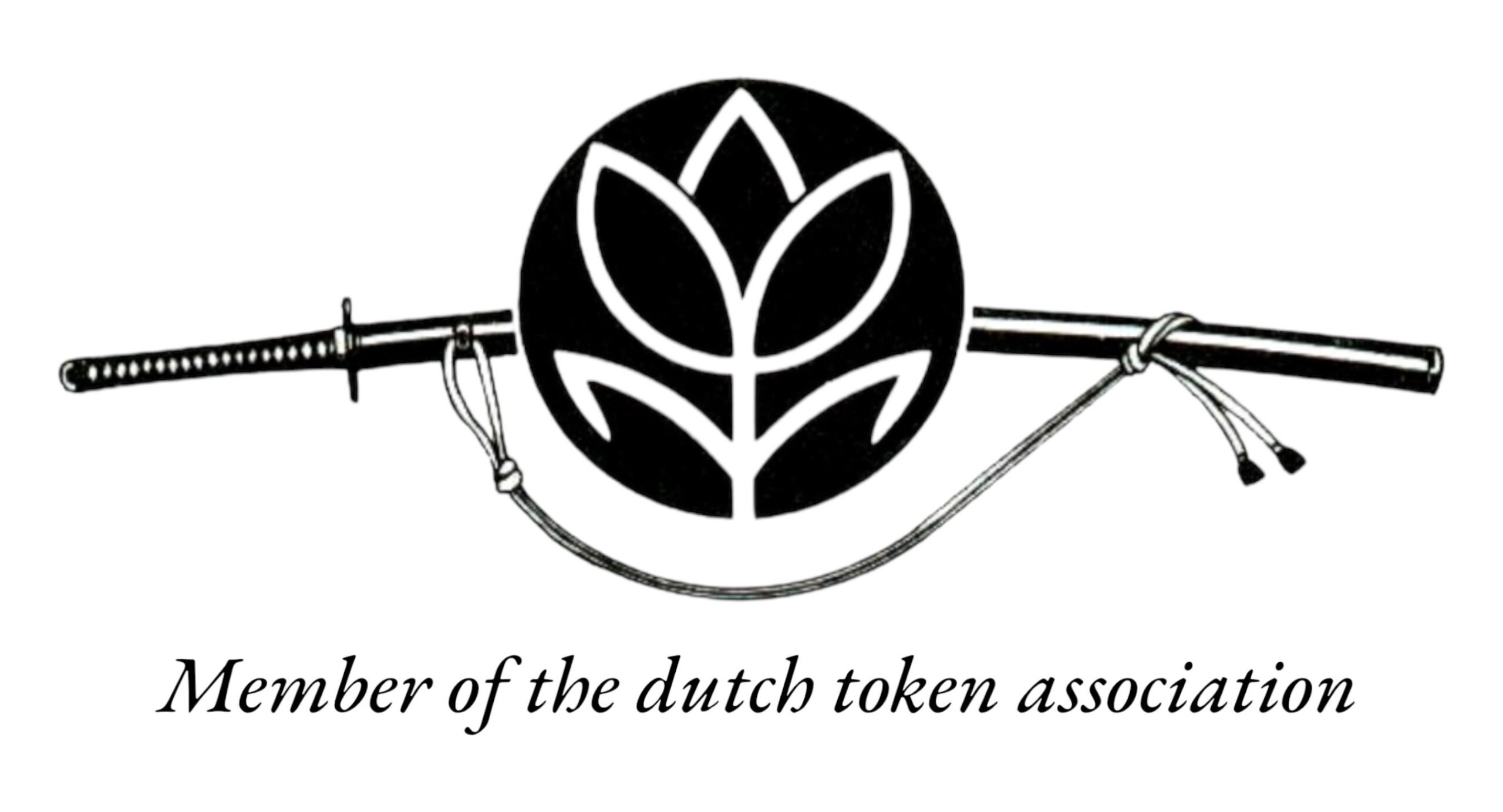Contact me for the price…
Discover the Legacy off the Legendary Sengo Muramasa Tanto with Rich History Presenting an exquisite Japanese Tanto crafted by the renowned Muramasa, a legendary blacksmith steeped in Japanese history. This rare piece offers a unique glimpse into the artistry of one of the most famous blacksmiths, making it a true collector’s delight. The Muramasa Legend: For centuries, Muramasa’s swords have been shrouded in a mysterious aura, often associated with supposed malevolent forces. The Tokugawa family, who ruled Japan for 250 years, believed Muramasa’s blades brought misfortune to their lineage, adding to the legend’s allure. History and Legacy: Hailing from Kuwana in Ise Province, Muramasa, known as “Yotomuramasa,” holds a storied past. The Tokugawa family’s unfortunate encounters with Muramasa’s swords contributed to the belief in their ominous nature. However, it’s essential to note that the fear surrounding Muramasa’s blades is a later creation, and Ieyasu himself cherished Muramasa’s work, as evidenced by preserved artifacts in the Tokugawa Art Museum. Unique Features: This Tanto, boasting a blade length of 28.8 cm and a subtle curvature of 0.3 cm, comes with an NBTHK Hozon Paper, adding authenticity and value. The preserved sword appraisal report further enhances its historical significance. The Koshirae, crafted in the middle of the Edo period, showcases meticulous artistry with Byakudannuri adorned with gold leaf mixed lacquer on Kogai and Kotsuka, dating back to the early Edo period. Preservation and Certification: Rest assured of the Tanto’s authenticity and preservation, as it comes with NBTHK Hozon Paper and Japan Art and Sword Preservation Association Preserved Sword Device Appraisal Report, ensuring its status as a genuine and valued artifact. Collector’s Delight: This Muramasa Tanto is not merely a sword; it is a piece of history, encapsulating the craftsmanship and mystique of one of Japan’s legendary blacksmiths. Acquire this rare treasure to own a tangible connection to the fascinating legacy of Muramasa. Muramasa blades are extremely rare in the market today, with prices skyrocketing to the point where they are nearly unobtainable. This distinct history is unique to Muramasa. Investing in a Muramasa blade may prove to be financially rewarding in the future. It is also said that most Muramasa blades are tanto, with long swords being exceedingly rare.
This rare tanto by Muramasa is a noteworthy piece.
The Cursed Legacy of Nidai Muramasa (二代村正)
Any study of the second generation Muramasa smith—known as Nidai Muramasa (二代村正)—would be incomplete without first addressing the historical lore that envelops his work. For centuries, the blades of Nidai Muramasa have been regarded not merely as masterful weapons, but as objects of ill omen, particularly in relation to the Tokugawa family, the ruling shogunate of Japan for over 250 years.
These swords acquired a reputation for malevolent supernatural influence, said to bring misfortune, violence, and death to those who possessed them—especially members of the Tokugawa clan. This belief runs counter to traditional Japanese views of the sword (katana) as a sacred instrument. Typically, swords were revered as divine tools, forged from the elemental forces of fire, water, iron, wood, and earth—symbols of protection, valor, and spiritual purity.
However, for the Tokugawa, Muramasa’s swords were anything but protective. The legend of their cursed nature is rooted in a number of historical incidents that occurred during the Sengoku (戦国時代) and Edo (江戸時代) periods, which reinforced the Tokugawa perception of these blades as ominous.
The most notable early incident occurred in Tenbun 4 (1535), when Matsudaira Kiyoyasu (松平清康), the grandfather of Tokugawa Ieyasu (徳川家康), was assassinated at the age of 25 by his own retainer, Abe Masatoyo, wielding a Muramasa-forged katana. A decade later, in Tenbun 14 (1545), Ieyasu’s father, Matsudaira Hirotada (松平広忠), was gravely wounded by a Muramasa wakizashi in the hands of a drunken samurai named Iwamatsu Hachiya.
These violent encounters—each linked to a Muramasa blade—cemented a pattern in the Tokugawa psyche. Over time, Muramasa swords became taboo within the Tokugawa inner circle, their ownership discouraged or even forbidden. Despite their exceptional quality, they were viewed not as treasures but as accursed relics, capable of dooming even the most powerful of families.




